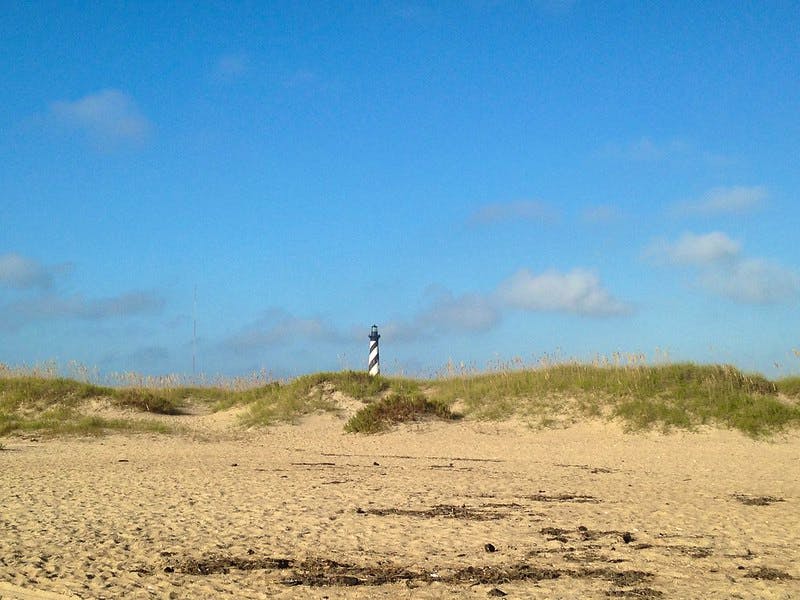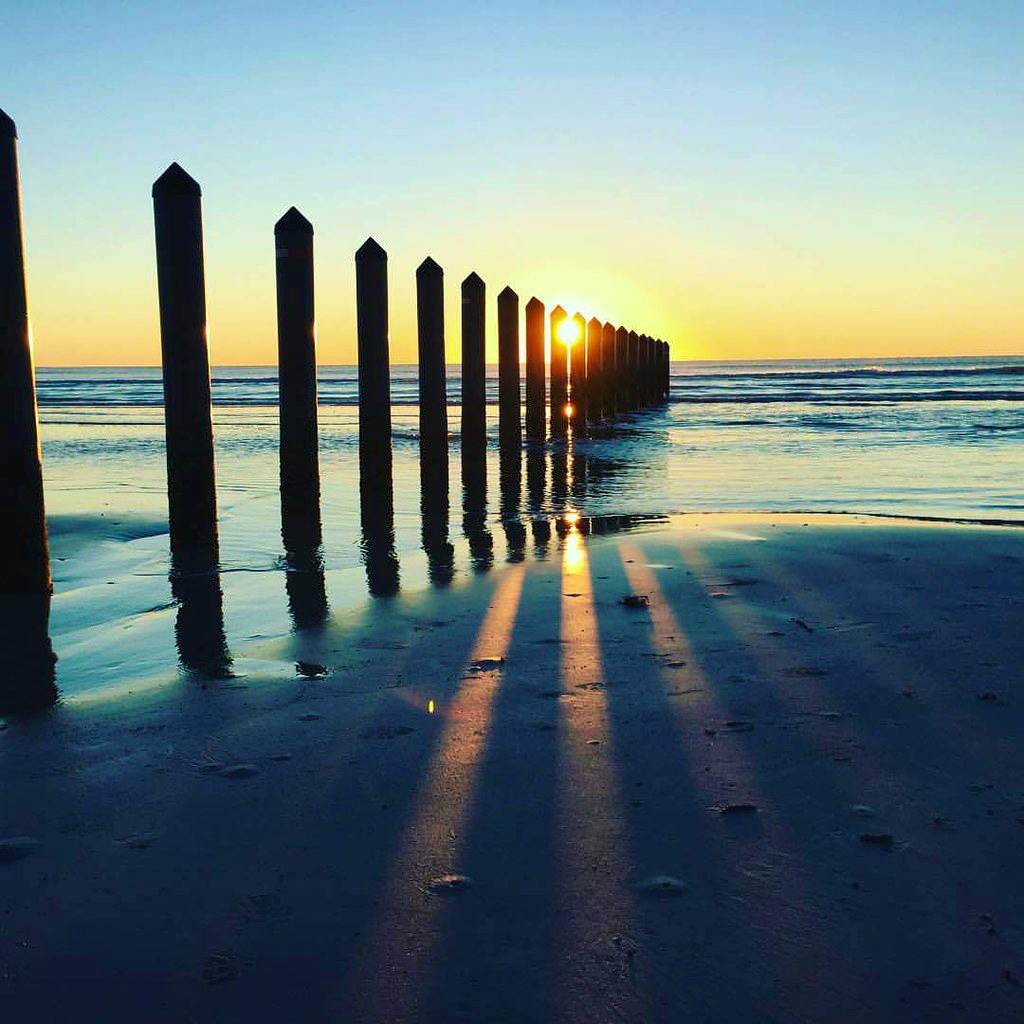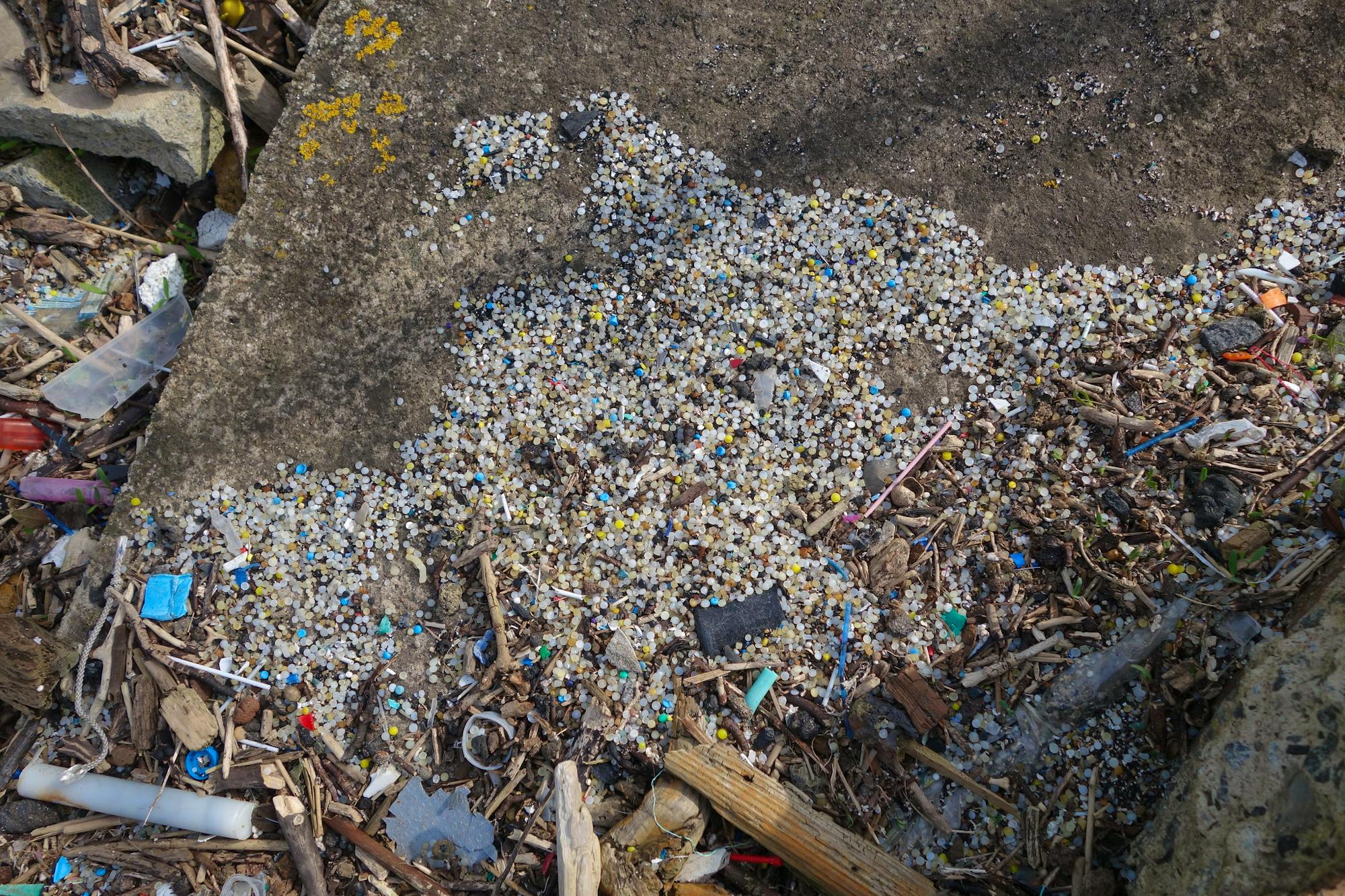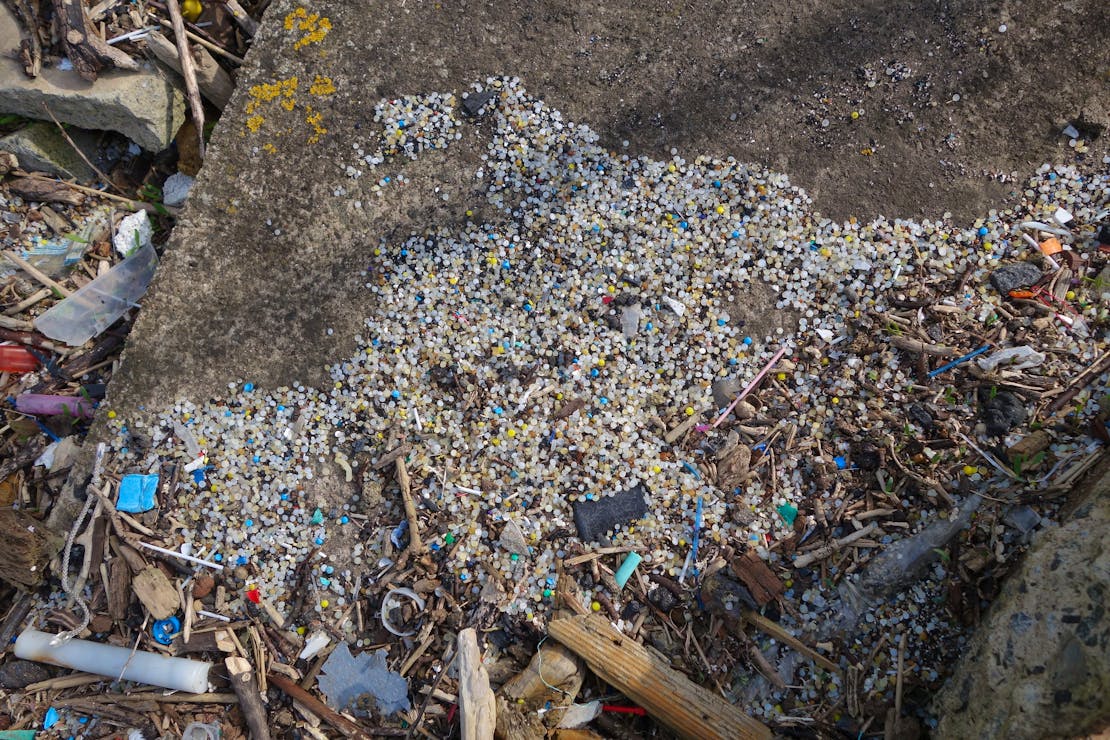Sea turtles have always fascinated me. These beautiful creatures are so majestic and graceful as they swim through the ocean water. Unfortunately, all seven species found throughout the world are threatened by negative human interactions. Most notably, marine debris and oil spills. A less visible threat, microplastics known as nurdles cause significant issues for turtles.
So, what exactly are nurdles? A nurdle is a little bead or pellet of plastic, about the size of a lentil, that manufacturers melt down to create larger plastic structures such as water bottles, toys and more. Since plastic materials are so abundant, tiny pieces of plastic are making their way into the wild. Nurdle spills are making headlines around the world, with the most recent happening on August 2, 2020, when a shipping container full of nurdles fell off of a cargo ship in New Orleans.
The task of cleaning up these spills is daunting. Fortunately, organizations like Defenders of Wildlife are addressing this problem while making cleanup a fun project for families and friends. We partnered with the University of Texas Marine Science Institute this year on their Nurdle Patrol, a community-science project sponsored by the Mission-Aransas National Estuarine Research Reserve Volunteers who perform 10-minute surveys along shorelines to collect nurdles and report locations for their central database. Through this data, the Nurdle Patrol can identify high concentrations of nurdle spills, which can ultimately lead to the source of the pollution.
Defenders is spreading the word about this project by gathering volunteers, hosting trainings and providing volunteers with Nurdle Patrol kits that include the equipment to perform the surveys. Volunteers also receive swag like official Nurdle Patrol T-shirts, stickers and face coverings to keep everyone safe. Priority areas located on the coast of Texas, include Padre Island National Seashore, Laguna Atascosa National Wildlife Refuge. On the North Carolina coast, they include Currituck National Wildlife Refuge, Cape Hatteras National Seashore and Cape Lookout National Seashore.



Be sure to watch the instructional video, which explains how to search for nurdles along the beach and record your data. As a community of environmentally conscious animal lovers, we can all do our part by documenting and cleaning up these harmful nurdles and contribute to maintaining the wellbeing of many beautiful animal lives.
Join Defenders’ Southeast and Texas Facebook groups to learn more and if you would like to sign up email southeast@defenders.org or southwest@defenders.org. We would love to have your help in tackling these tiny, but harmful, little pellets. Together, we can collect nurdles to save our sea turtles!










